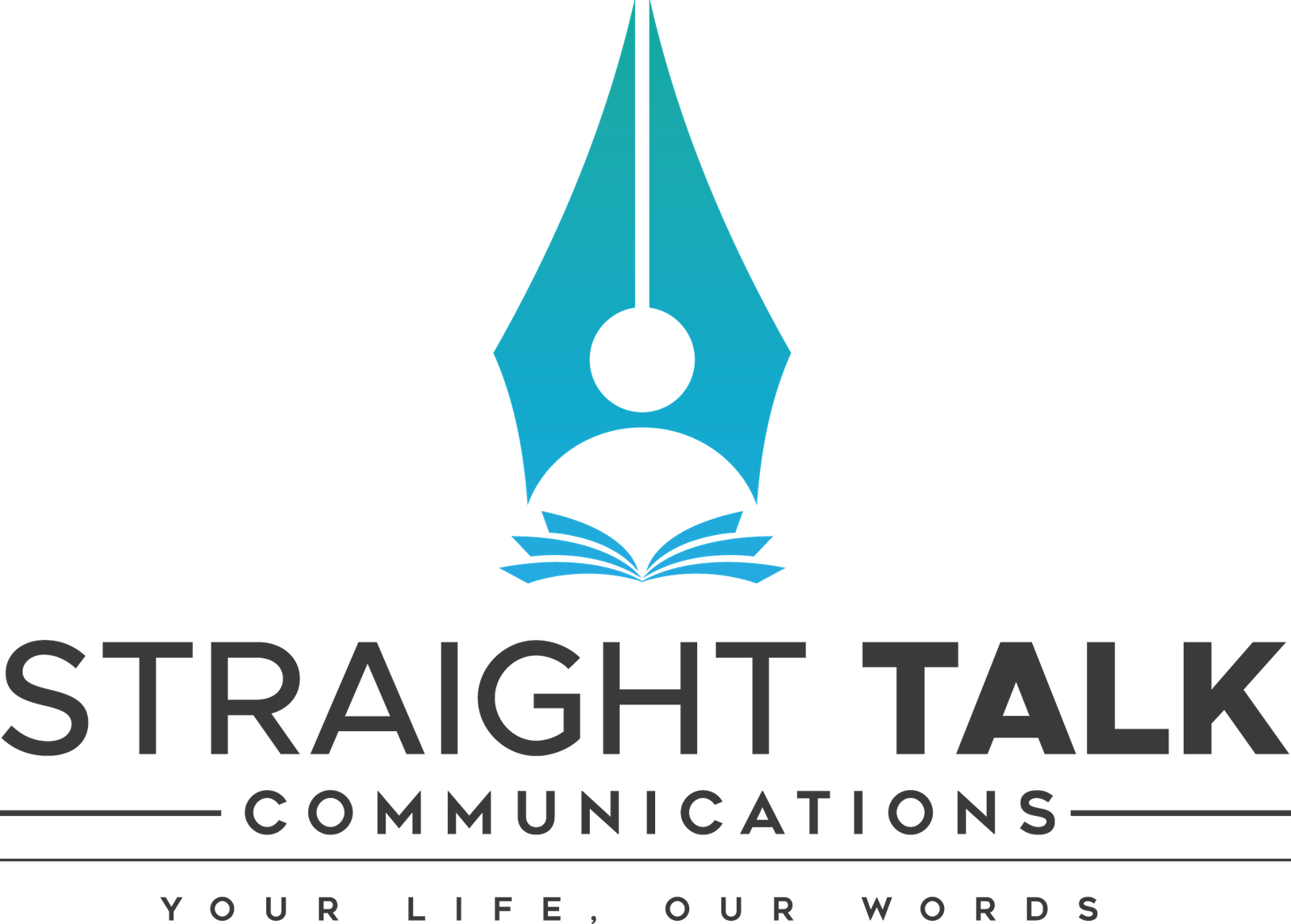How Schools Can Adapt to Holistic Education — Future-Ready Learning Methods

Gowher Bhat
Schools are shifting. The world is different now, and education needs to keep up. Students aren’t just preparing for tests anymore. They’re preparing for life. That means learning more than just equations and grammar rules. It means learning how to think, how to adapt, and how to handle real-world challenges.
Holistic education isn’t a buzzword. It’s a shift in priorities. It means developing students intellectually, emotionally, physically, and socially. It’s about making sure they’re not just good test-takers but good thinkers, problem-solvers, and people who can handle setbacks. Schools that embrace this approach aren’t just reacting to trends. They’re future-proofing learning.
In a place like Kashmir, where the beauty of nature teaches patience and resilience, the idea of holistic education feels especially meaningful. A walk through the orchards, the calmness of Dal Lake, or the discipline of traditional crafts like papier-mâché and carpet weaving all reflect the values of balance, creativity, and endurance. If schools can mirror these lessons from life, students will not only succeed in careers but also in building strong, meaningful lives.
- Moving Beyond Rote Learning
Traditional education relies heavily on memorization. But in a world where information is available at the click of a button, memorization alone isn’t enough. What matters is knowing how to use that information. That’s why schools shifting to holistic education focus on experiential learning—learning by doing.
Take Finland, for example. Their phenomenon-based learning model replaces isolated subjects with real-world projects. Instead of just learning about climate change in a science textbook, students research, debate, and propose solutions. Studies show this approach improves critical thinking and problem-solving skills—essential for future careers.
Kashmir too offers opportunities for this. Imagine students not just reading about environmental science but actually studying the ecology of Wular Lake, documenting biodiversity in Dachigam National Park, or proposing solutions for sustainable tourism in Gulmarg. These projects can make learning alive, rooted in local reality, and far more impactful than any chapter in a book.
- Developing Emotional Intelligence
The ability to understand and manage emotions is as important as IQ. In fact, the World Economic Forum ranks emotional intelligence among the top 10 job skills for the future. Yet, many schools don’t teach it.
Holistic education builds emotional intelligence (EQ) through mindfulness programs, journaling, and structured discussions. Yale’s research found that students in social-emotional learning (SEL) programs perform 27% better on tests and report lower stress levels. Schools integrating EQ training are seeing improved focus, stronger relationships, and fewer behavioral issues.
In Kashmir, where cultural values emphasize respect, empathy, and hospitality, emotional intelligence naturally aligns with local traditions. Schools can weave lessons of compassion through storytelling, Kashmiri poetry, or even role-playing exercises based on daily life situations—like helping elders, resolving conflicts peacefully, or showing patience during tough times. These not only nurture EQ but also preserve cultural identity.
- Prioritizing Physical and Mental Well-Being
Future-ready learning isn’t just about the mind—it’s about the body, too. Movement fuels better learning. Research from the American Psychological Association shows that physical activity improves concentration, memory, and emotional regulation in students.
Some schools are breaking the old model of gym class. Instead of only competitive sports, they’re adding yoga, dance, and outdoor activities to engage all students. Others are building school gardens and nutrition programs to teach sustainability and healthy living.
In Kashmir, physical education can draw inspiration from nature. Trekking in the hills, skiing in Gulmarg, or practicing yoga by the riverbank all promote well-being while deepening students’ bond with their environment. Schools could also revive traditional games like “Chhur Khaar” (tip-cat) or introduce kitchen gardening projects, helping students reconnect with health and sustainability.
- Fostering Collaboration and Communication
The future workplace isn’t about working alone—it’s about teamwork. But traditional education still relies on individual assignments and test scores. Holistic education flips this by emphasizing collaboration and communication.
Instead of multiple-choice tests, students engage in group projects, debates, and presentations. They learn to listen, express ideas, and challenge opinions respectfully. Harvard research shows that students who engage in collaborative learning develop stronger leadership and interpersonal skills, both critical for success in any field.
In the Kashmiri context, where community and collective effort have always been part of social life, collaboration fits naturally. Schools could encourage students to work together on cultural exhibitions, community gardens, or local history projects. These not only improve teamwork but also deepen respect for heritage and tradition.
- Building Social Responsibility Through Community Engagement
Holistic education connects students to the world outside the classroom. That’s why schools integrating it encourage service learning and mentorship programs. Students might partner with local organizations for environmental clean-ups, literacy campaigns, or social projects.
Studies from Harvard’s Graduate School of Education show that students involved in community service report higher self-esteem and a stronger sense of purpose. These experiences make learning real and prepare students to be active, responsible citizens.
In Kashmir, community engagement could include helping artisans preserve local crafts, volunteering in apple orchards during harvest season, or assisting in literacy programs for underprivileged children. Such efforts not only teach responsibility but also foster pride in local culture and traditions.
- Adapting Teaching Methods for the Future
For schools to embrace holistic education fully, teachers need to be equipped. This means professional development programs that train educators in interactive teaching methods, digital tools, and mental health awareness. Countries like Singapore have already implemented this, integrating character and leadership training into teacher education.
Technology also plays a role. Digital literacy is essential, but it’s not just about using computers. Schools preparing students for the future teach responsible technology use, media literacy, and cybersecurity awareness.
For Kashmiri schools, blending technology with tradition can be powerful. A class could use digital tools to create documentaries on saffron cultivation, or design apps that promote eco-tourism. This way, students learn digital skills while staying connected to their cultural and natural environment.
- Overcoming Challenges to Implementation
Holistic education isn’t easy to implement. Schools face budget limitations, skeptical parents, and traditional assessment models. But evidence shows it works. A study in the Journal of Educational Psychology found that students in holistic programs perform as well or better in standardized tests while developing higher resilience and adaptability.
Small steps can make a big difference. Schools can start by:
Incorporating emotional intelligence training into daily lessons.
Replacing some tests with project-based assessments.
Introducing physical movement throughout the day.
Encouraging collaboration over competition.
Creating mentorship and community engagement opportunities.
Even in resource-limited areas, teachers can bring change through creativity—using local examples, outdoor learning, and community partnerships.
Conclusion
Holistic education isn’t a luxury. It’s a necessity. Schools that embrace it aren’t just teaching students how to pass exams. They’re preparing them for life—for workplaces that demand adaptability, for relationships that require emotional intelligence, and for challenges that can’t be solved with memorization alone.
For Kashmir, the vision of holistic education is deeply connected to its landscape and culture. Just as the chinars shed their leaves to make way for new growth, education too must transform, nurturing students in body, mind, and spirit. Future-ready schools don’t just produce graduates. They raise thinkers, innovators, and leaders—the kind the world needs now more than ever.
(Gowher Bhat is a published author, freelance journalist, book reviewer, and educator based in Kashmir).







